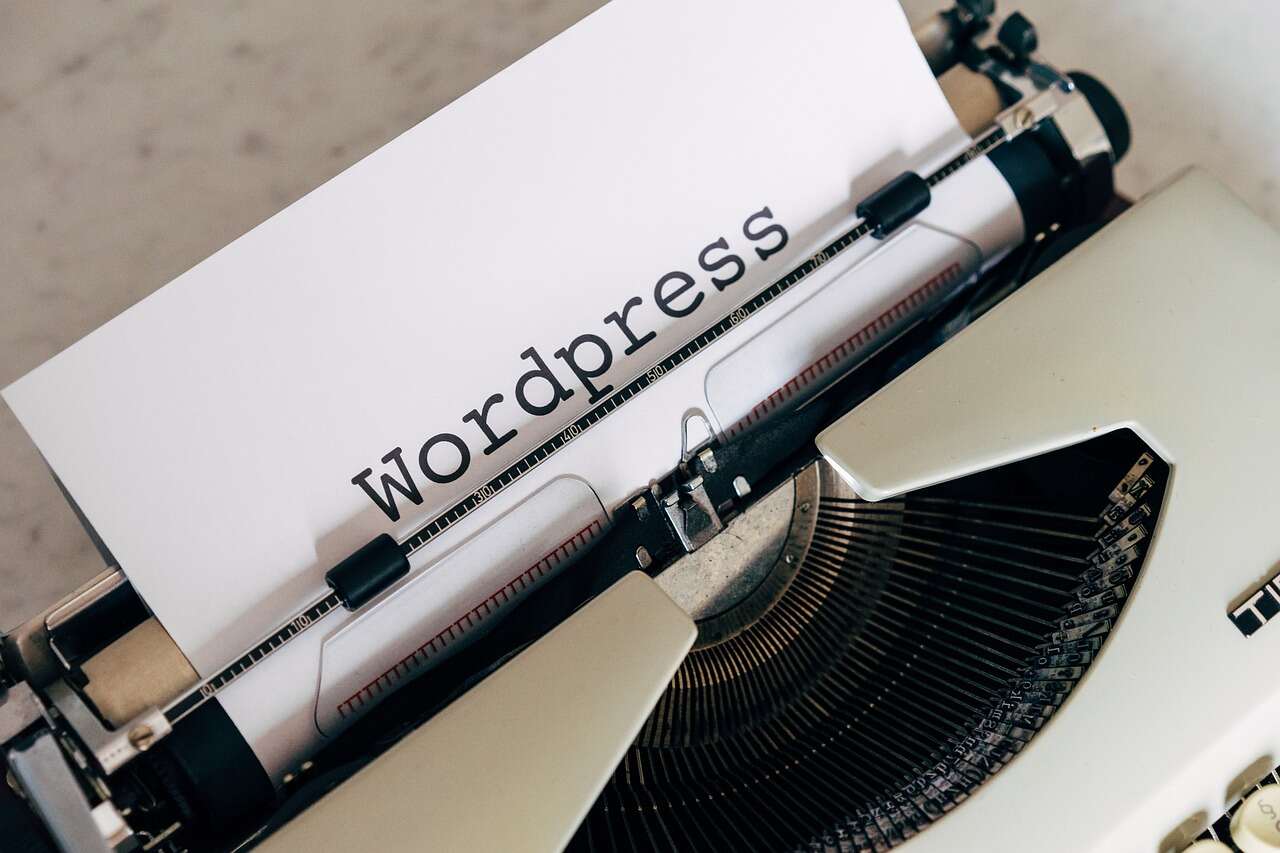In this essay, I’ll show you how to download WordPress and provide some good reasons to use it.
When WordPress is downloaded and stored locally, it is considered an offline version. Make your PC act as a local server to do this. After that, you may download and set up WordPress on your computer. I’ll go through the three main benefits of installing WordPress locally on your computer before I go into how to do it.
The first and foremost benefit is that you are not impacting a live website. It won’t affect your live site if something goes wrong while you’re tinkering with your site’s plugins, themes, or other configuration settings.
The second benefit is that it shortens the time it takes to build a website. Work on the local server rather than the servers provided by your web provider. This is because dealing directly with your web host’s servers will delay your workflow.
The third and final benefit is that you may check the integrity of your WordPress backups by restoring them to a local copy of the platform.
The bare minimum is Apache, MySQL, and PHP to transform your PC into a local server. Two free tools will install and administer all of these server programs for us, saving us the trouble of doing it manually. There is XAMPP for Windows machines and MAMP for Macs. XAMPP is compatible with Macs. However, MAMP runs more smoothly.
I’LL USE IT THROUGHOUT THE COURSE since XAMPP works well on my Windows 7 PC.
There are five easy steps to installing WordPress on your computer.
First, set up a local server by:
To get XAMPP, go to apachefriends.org/en/xampp.html and grab the most recent release.
If you want a XAMPP icon on your desktop, select the corresponding box during installation, and leave the default installation folder (C:xampp) as is.
Secondly, make a database and a user:
Follow these procedures to set up a new database:
Click on the XAMPP icon on your desktop to access the administration panel.
Kick-off Apache and MySQL.
To access phpMyAdmin, use a browser and enter “localhost/phpmyadmin/” (without the quotes) in the address bar.
Simply give your new database a name in phpMyAdmin, then hit the “Create” button.
We’ll need to remember the database’s name, so jot it down.
The next step is to make a database user by completing the following:
Continue working in phpMyAdmin and navigate to the “Privileges” tab, where you may add a new user.
Fill the “User name” and “Password” sections with the appropriate information. Choose “Local” as your host.
We’ll need to refer back to the username and password, so jot them down somewhere safe.
To continue, select “Check All” in “Global Privileges” and then “Go.”
Select the database you just made under “Database-specific privileges,” then under “Add privileges on the following database,” pick the name of the database you just made.
Third, get WordPress:
Extract the WordPress zip file to C:xampphtdocs 4. Download the most recent version of WordPress from wordpress.org/download/. Set up WordPress to connect to your MySQL database:
Please navigate to C:xampphtdocswordpress.
In a text editor, enter the information from Step 2’s database into the following section of wp-config-sample.php:
The WordPress database’s full name
the code: define(‘DB_NAME,’ ‘wordpress_db’);
MySQL user name and password */
That is, define(‘DB_USER,’ ‘wordpress_user’);
/** MySQL database security hash */
The expression define(‘DB_PASSWORD,’, ‘typeyourpasswordhere’);
When you’re done making changes, save the file as wp-config.php in the exact location.
To set up WordPress, go to 5.
Verify that Apache and MySQL are still active, then open a web browser and enter the following address into the address bar to finish installing WordPress:
localhost/wordpress/wp-admin/install.php
Doing so will launch WordPress’ setup procedure.
No more than five minutes should be spent following the prompts and completing the forms.
Once you’ve finished these steps, WordPress will be installed on your computer.
To use WordPress, you must ensure that the Apache and MySQL services run. The XAMPP Control Panel shortcut on the desktop can initiate and terminate the services.
Best of luck!

